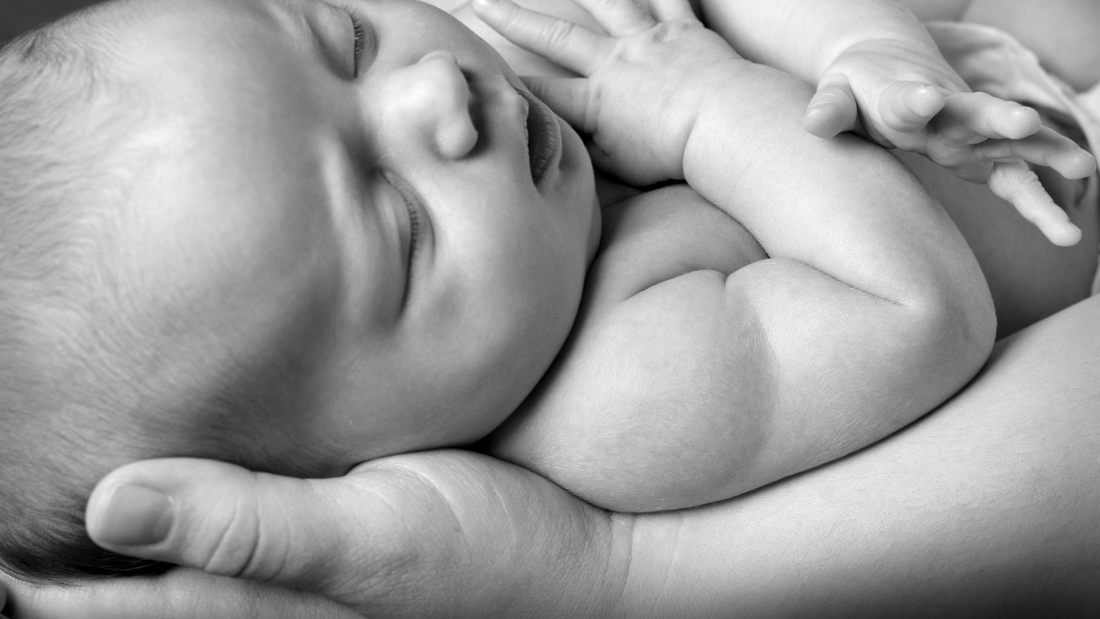Causes of anemia in infants It is common for infants to have a lowered red blood cell concentration after birth. This is called physiologic anemia and occurs because increased tissue oxygenation leads to a decrease in the production of RBCs. Physiologic anemia is typically asymptomatic. Pathologic anemia in infants is more likely to cause injury. It involves a lower level of hemoglobin (the protein in RBCs that transports oxygen), and unlike physiologic anemia, is often symptomatic. There are three main causes of pathological anemia in early infancy: 1.Blood loss, which may be due to obstetrical incidents such as:
2. Red blood cell destruction, which can be caused by:
3. Inadequate or faulty production of red blood cells, which may be related to:
Signs of anemia in infantSometimes, babies with anemia will be asymptomatic. However, others show more obvious signs, such as the following (2, 4):
Treatment options for infants with anemia The appropriate treatment for an infant with anemia varies based on the type and severity of anemia they are experiencing. Babies whose anemia has been caused by rapid blood loss normally receive fluids via IV and an immediate blood transfusion. If anemia is the result of a hemolytic disease (in which red blood cells are destroyed due to immune system incompatibility between the baby and mother), approaches vary. Babies with severe anemia caused by hemolytic disease may require a typical blood transfusion. However, in some cases, an exchange transfusion is an option. During an exchange transfusion, a small amount of the newborn’s blood is removed and replaced with equal amounts of blood from a donor. This can lower the level of bilirubin (a byproduct of red blood cell breakdown that, when in excess, can cause jaundice and even permanent brain damage) and increase the number of healthy red blood cells. Physicians may also recommend that babies with anemia receive iron supplements, which will help to increase their red blood cell count. Additionally, it is important to address any underlying causes of anemia, as well as associated complications. For example, babies with jaundice may require treatment with phototherapy, which can help lower their bilirubin levels. References
Comments are closed.
|


